Home>Dining>Table Decor>How To Make Floral Arrangements For The Home
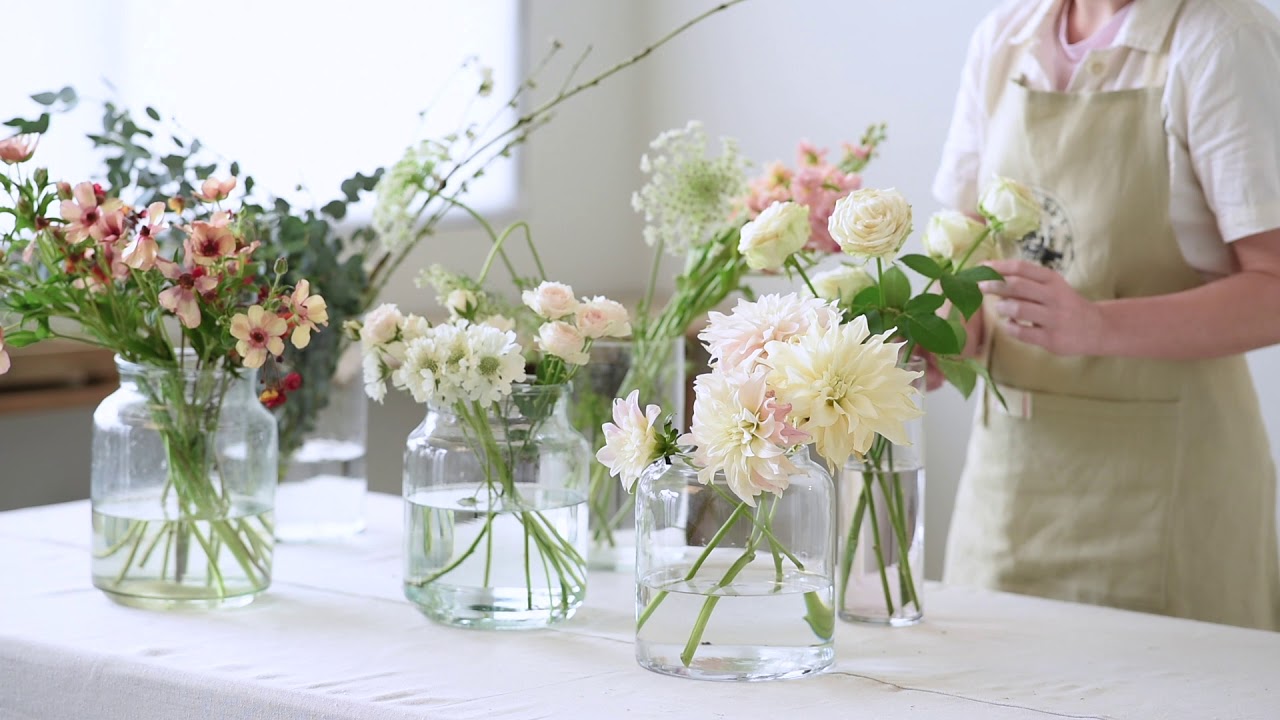

Table Decor
How To Make Floral Arrangements For The Home
Modified: January 9, 2024
Learn how to create stunning floral arrangements for your home with our step-by-step guide. Add a touch of elegance to your table decor and impress your guests.
(Many of the links in this article redirect to a specific reviewed product. Your purchase of these products through affiliate links helps to generate commission for Storables.com, at no extra cost. Learn more)
Introduction
Welcome to the world of table decor and floral arrangements! Creating beautiful and captivating table centerpieces, bouquets, wreaths, and vase arrangements is an art form that can elevate the ambiance of any home. Whether you have a special occasion coming up or simply want to add a fresh and vibrant touch to your living space, knowing how to make stunning floral arrangements is a valuable skill.
Floral arrangements have the power to bring nature indoors, infusing any room with beauty, fragrance, and a sense of serenity. They can become the focal point of a dining table, a welcoming statement in an entryway, or a delightful surprise in a corner of a room. With the right selection of flowers, greens, and creative techniques, you can transform ordinary spaces into extraordinary showcases of artistry.
In this article, we will explore the art of table decor and guide you through the process of making various types of floral arrangements. Whether you’re a beginner or have some experience in floral design, you’ll discover tips, tricks, and ideas to inspire your creativity and help you create stunning arrangements that reflect your personal style.
From selecting the perfect flowers and greens to understanding essential tools and techniques, we’ll cover it all. You’ll learn how to create impressive centerpieces that will be the talk of your next dinner party, craft beautiful bouquets to gift or display, design charming wreaths to adorn your walls, and arrange flowers in vases for everyday enjoyment.
But creating gorgeous floral arrangements is not just about aesthetics; it’s also about longevity. Proper care and maintenance are crucial to keep your creations looking fresh and vibrant. We’ll provide tips on how to extend the lifespan of your arrangements, ensuring that you can enjoy their beauty for as long as possible.
So, if you’re ready to embark on a journey of creativity and discover the magic of floral design for table decor, let’s dive in and unleash your inner artist!
Key Takeaways:
- Elevate your home with captivating floral arrangements that reflect your personal style and creativity. Master the art of selecting the right flowers, essential tools, and basic techniques to design stunning centerpieces, bouquets, wreaths, and vase arrangements.
- Unleash your inner artist and bring the beauty of nature indoors with vibrant floral designs. From choosing the perfect flowers to mastering basic techniques and caring for your arrangements, create captivating table decor that adds elegance and freshness to your home.
Read more: How To Make Memorial Floral Arrangements
Choosing the Right Flowers and Greens
When it comes to creating stunning floral arrangements, selecting the right flowers and greens is essential. The combination of colors, textures, and shapes can greatly impact the overall aesthetic and visual appeal of your arrangement. Here are some tips to help you make the best choices:
- Consider the occasion: Think about the purpose of your floral arrangement. Are you creating it for a special event like a wedding or a birthday celebration? Or is it meant to be a centerpiece for your dining table or a decorative accent for your living room? The occasion will guide your flower and green selection.
- Choose a color palette: Opt for flowers and greens that complement each other and align with the desired color scheme. You can stick to a monochromatic palette for a classic and elegant look, or go for a complementary color scheme to create a vibrant and eye-catching arrangement.
- Vary the textures: Incorporate a mix of flowers and greens with different textures to add depth and visual interest to your arrangement. Combine soft and delicate blooms with bold and spiky foliage for a dynamic and harmonious composition.
- Consider the season: Take into account the time of year when choosing your flowers and greens. Embrace seasonal blooms as they are often more readily available, fresher, and more cost-effective. This will also help you create arrangements that reflect the beauty of the current season.
- Think about scent: Fragrance adds another dimension to your floral arrangement. Consider incorporating flowers with pleasant scents like roses, lavender, or hyacinths. However, be mindful of any allergies or sensitivities your guests may have.
- Balance size and scale: Choose flowers and greens with varying heights, shapes, and proportions to create a visually balanced arrangement. Taller flowers can add height and drama, while fuller blooms can provide a focal point.
Remember, there are no hard and fast rules when it comes to selecting flowers and greens for your arrangements. Use your creativity and personal preferences to curate a combination that brings joy and captures your unique style. Experiment with different flowers and greens to discover unexpected and beautiful arrangements that will delight and impress.
Essential Tools and Supplies
Before you embark on creating your floral arrangements, it’s important to have the right tools and supplies on hand. These essential items will make the process easier and more enjoyable. Here’s a list of what you’ll need:
- Floral shears or scissors: A sharp pair of floral shears or scissors is a must-have for trimming stems and cutting flowers and greens. Make sure they are clean and sharp to ensure clean cuts and prevent damage to the plants.
- Floral tape: Floral tape is useful for securing stems together, creating arrangements with a more structured look, or constructing corsages and boutonnieres. It’s adhesive but easily removable and won’t damage the flowers.
- Floral foam: Floral foam, also known as oasis foam, is a spongy material that can hold water and keep your flowers hydrated. It is commonly used for arranging flowers in containers or vases. Soak the foam in water before placing it in the container.
- Container or vase: Select a container or vase that complements the style and size of your floral arrangement. Glass vases are popular, but you can get creative with other materials like ceramic, metal, or even repurposed items like vintage pitchers or mason jars.
- Waterproof liner: To protect your container and prevent leakage, consider using a plastic or glass liner inside the container. This will help prolong the lifespan of your arrangement and keep your table or surface dry.
- Pruning knife: A pruning knife is handy for trimming stems at an angle, removing thorns, or making precise cuts when needed. It provides more control and precision compared to scissors or shears.
- Floral wire: Floral wire is used to support and reinforce stems or create shapes in arrangements. It is especially helpful for delicate and floppy flowers or when creating arrangements with more natural and cascading designs.
- Decorative accents: Consider incorporating additional decorative elements like ribbons, beads, feathers, or foliage to enhance the visual appeal of your arrangements. These accents can add a touch of personalization and make your arrangements truly unique.
Having these essential tools and supplies readily available will ensure that you have everything you need to create beautiful and professional-looking floral arrangements. Remember to clean your tools after each use to prevent the spread of any potential diseases or contaminants to the flowers or greens.
With the right tools and supplies at your disposal, you can unleash your creativity and bring your floral visions to life!
Basic Floral Arrangement Techniques
Now that you have chosen your flowers, gathered your essential tools, and prepared your supplies, it’s time to dive into the basic floral arrangement techniques. These techniques will help you create beautiful, balanced, and visually appealing arrangements. Here are some key techniques to keep in mind:
- Prepare your flowers: Before arranging your flowers, remove any thorns, extra leaves, or damaged petals. Cut the stems at an angle to allow for better water absorption. Remove any foliage that will be below the water line in the vase to prevent bacterial growth.
- Create a focal point: Choose one or a few standout flowers or a larger bloom to serve as the focal point or centerpiece of your arrangement. Place it slightly off-center to create visual interest.
- Build the structure: Start by adding greenery or foliage to create a framework for your arrangement. This will provide a base and structure for the flowers to sit in. Place the greens at different angles and heights to add depth and dimension.
- Add the secondary flowers: After placing the greenery, add the secondary flowers or smaller blooms around the focal point. Distribute them evenly throughout the arrangement, taking into consideration color, size, and texture. Keep in mind the concept of the “golden triangle” when placing flowers – create a triangular shape with the focal point and the supporting flowers.
- Fill in the gaps: Depending on the style of your arrangement, use filler flowers or smaller blooms to fill any empty spaces. These flowers help to add texture and volume to the arrangement. Consider using different varieties of filler flowers for a more dynamic look.
- Pay attention to heights: Vary the heights of the flowers to create a visually pleasing arrangement. Taller blooms can be placed towards the back or in the center, while shorter ones should be towards the front or outer edges. This will add visual interest and prevent a flat or uniform look.
- Step back and assess: Throughout the process, step back and take a look at your arrangement from different angles. Make adjustments as needed to ensure a balanced and cohesive composition.
- Secure the stems: Once you are satisfied with your arrangement, use floral tape or floral wire to secure any loose stems or branches. This will help keep your arrangement intact.
Remember, these techniques serve as a guide, but floral arranging is an art form, and there is no one right way. Experiment, trust your instincts, and let your creativity shine through. Each arrangement will be unique and reflect your personal style and vision.
Now that you have a grasp of the basic floral arrangement techniques, you’re ready to move on to creating specific types of arrangements such as centerpieces, bouquets, wreaths, and vase arrangements. With practice and a little imagination, you’ll be able to master the art of floral design and create stunning works of art for your home or special occasions.
Creating a Centerpiece
Set your table with a centerpiece that becomes the focal point, bringing beauty and elegance to any table setting. Whether it’s for a formal dinner party or a casual gathering with friends, a well-designed centerpiece can set the mood and enhance the overall ambiance. Here’s a step-by-step guide to creating a stunning centerpiece:
- Select a container: Choose a container that suits the style and theme of your event. It can be a vase, a shallow bowl, a lantern, or even a cluster of smaller vases. Remember to consider the size of your table and the number of guests when choosing the container.
- Prepare your container: Place a waterproof liner inside the container to protect it from water damage. If using floral foam, soak it in water until it is fully saturated, and then securely place it in the container.
- Add greenery: Start by adding greenery or foliage to the container. Use a mix of different textures and shapes to create a visually pleasing base. Place the greenery stems strategically to create a natural and flowing look.
- Place the focal flowers: Choose one or a few standout flowers to serve as the focal point of your centerpiece. Depending on the size of your container, you can use a single large bloom or a cluster of smaller blooms. Place them in the center or slightly off-center for visual interest.
- Add secondary blooms: Fill in the gaps around the focal flowers with secondary blooms. Choose flowers that complement the color palette and style of your event. Distribute them evenly throughout the arrangement to create balance.
- Consider height: Vary the heights of the flowers to add dimension and visual appeal. Use taller flowers towards the center or back of the arrangement, and gradually decrease the height towards the edges.
- Fill in with filler flowers: Use smaller filler flowers to add volume and texture to your centerpiece. These flowers help to create a lush and full look. Consider using different varieties to add depth and visual interest to the arrangement.
- Complete with accents: Add finishing touches to your centerpiece with accents like ribbon, beads, or foliage. These decorative elements can enhance the overall theme or add a personal touch to your arrangement.
Remember to step back and assess your centerpiece from different angles throughout the process. Make adjustments as needed to ensure a balanced and visually pleasing arrangement.
Once your centerpiece is complete, carefully place it in the center of your table. If your arrangement includes candles, make sure they are secure and have enough clearance away from flammable materials. Consider adding some additional decor elements or table linens to complete the overall look and tie everything together.
A well-crafted centerpiece will not only enhance the visual appeal of your table but also create a welcoming and inviting atmosphere for your guests. So, let your creativity flow, and create a centerpiece that will be the talk of the evening!
When making floral arrangements for the home, start by choosing a focal point flower and then add complementary blooms and greenery to create a balanced and visually appealing arrangement.
Read more: How To Make Pumpkin Floral Arrangements
Making a Bouquet
A bouquet is a classic and timeless floral arrangement that can be used for various occasions. Whether you’re gifting someone special or creating a beautiful arrangement for yourself, making a bouquet is a skill worth mastering. Here’s a step-by-step guide to help you create a stunning bouquet:
- Select your flowers: Choose a mix of flowers that complement each other in terms of color, texture, and size. Consider the occasion or theme when selecting the flowers. Opt for blooms with sturdy stems and fresh petals for a long-lasting bouquet.
- Prepare your flowers: Remove any thorns, leaves, or excess foliage from the lower parts of the stems. Cut the stems at an angle to ensure better water absorption. Place the flowers in water to keep them hydrated while you prepare the rest of the bouquet.
- Choose your focal flowers: Select one or a few standout flowers that will serve as the focal point of your bouquet. These flowers should be slightly larger or more eye-catching than the others. Place them in the center of the bouquet.
- Add supporting flowers: Surround the focal flowers with smaller, complementary blooms. These flowers will help create volume and support the focal flowers. Distribute them evenly throughout the bouquet, creating a balanced and visually appealing arrangement.
- Incorporate greenery: Add greenery or foliage to add depth and texture to your bouquet. Use a variety of leaves or foliage that complements the flowers. Place them strategically around the flowers, allowing them to create a natural and flowing look.
- Consider height and shape: Vary the heights of the flowers to add dimension to your bouquet. Place taller flowers towards the center or back of the arrangement and gradually decrease the height towards the edges. Form the bouquet in a rounded shape for a classic look.
- Secure the stems: Once you are satisfied with the arrangement, hold the bouquet firmly with one hand. Use floral tape or ribbon to secure the stems together, just below the flower heads. Make sure the stems are tightly bound to keep the bouquet intact.
- Finish with a wrap: To complete the bouquet, wrap the stems with floral tape or ribbon. Start at the top and work your way down, tightly securing the tape or ribbon. You can add a decorative ribbon or bow to add a finishing touch.
Once your bouquet is complete, trim the stems to your desired length and place the bouquet in a clean vase filled with water. To keep the bouquet fresh, change the water regularly and trim the stems every few days.
Remember, creating a bouquet is an art form, and there are no strict rules. Let your creativity guide you as you select the flowers, arrange them, and add your personal touch to the final product. With practice, you’ll develop your unique style and create stunning bouquets that will bring joy to any recipient.
Whether it’s for a special occasion or just to brighten up your space, a beautifully crafted bouquet is sure to make a lasting impression!
Designing a Floral Wreath
A floral wreath is a versatile and charming way to add a touch of elegance and nature to your home decor. Whether you hang it on your front door to welcome guests or use it as a centerpiece for a special event, designing a floral wreath allows you to showcase your creativity and create a unique piece. Here’s a step-by-step guide to help you design a stunning floral wreath:
- Choose a wreath base: Select a wreath base that suits your style and the occasion. You can opt for a traditional foam wreath form, a wire frame, or even a base made from natural materials like grapevines or branches.
- Prepare your materials: Gather an assortment of fresh or dried flowers, foliage, and any additional decorative elements like ribbons or ornaments. Make sure your flowers and foliage are in good condition and remove any unwanted leaves or thorns.
- Attach the foliage: Begin by attaching foliage or greenery to the wreath base. Use floral wire or hot glue to secure the stems to the base. Start at one end and work your way around, overlapping the leaves or branches for a full and natural look.
- Add the focal flowers: Choose one or a few standout flowers to serve as the focal point of your wreath. Place them strategically along the wreath base, positioning them slightly off-center for visual interest. Secure them with floral wire or hot glue.
- Incorporate supporting flowers: Surround the focal flowers with smaller blooms or filler flowers. These flowers will add volume and texture to your wreath. Arrange them evenly around the focal flowers, securing them with floral wire or hot glue.
- Include decorative accents: Add decorative accents like ribbons, bows, or ornaments to enhance the visual appeal of your wreath. Place them at the bottom, top, or sides of the wreath, securing them firmly with wire or hot glue.
- Fill in gaps: Take a step back and assess your wreath. Fill in any gaps or areas that need more foliage or flowers. Add additional greenery or filler flowers as needed to create a balanced and full wreath.
- Secure loose ends: Once you are satisfied with your floral arrangement, trim any excess stems or foliage. Use wire cutters or scissors to ensure a clean and neat finish. Secure any loose ends or wires to the wreath base.
Hang your floral wreath on a door, wall, or use it as a centerpiece by placing a candle or vase in the center. To keep your wreath looking fresh, mist it lightly with water every few days and avoid direct sunlight or extreme heat. Dried flower wreaths can be displayed for a longer period and require minimal maintenance.
Remember, designing a floral wreath is a personal and creative process. Feel free to experiment with different flower combinations, colors, and textures. Let your imagination take the lead and create a wreath that reflects your style and brings beauty to any space.
Designing a floral wreath allows you to immerse yourself in the art of floral design and create a masterpiece that will be admired by all who see it.
Arranging Flowers in Vases
Arranging flowers in vases is one of the simplest yet most impactful ways to bring beauty and freshness to any space. Whether it’s a single stem or a bountiful bouquet, a well-arranged vase of flowers can instantly brighten a room and uplift the mood. Here are some tips to help you create stunning floral arrangements in vases:
- Select a vase: Choose a vase that complements your flowers and suits the style and size of your arrangement. Consider the shape, color, and height of the vase, keeping in mind the overall aesthetic you want to achieve.
- Prepare your flowers: Trim the stems at an angle to ensure better water absorption. Remove any extra foliage or leaves that will be below the water line. Fill a clean vase with fresh water and add flower food or a teaspoon of sugar to prolong the lifespan of your flowers.
- Choose a focal flower: Select one standout bloom or a few larger flowers to serve as the focal point of your arrangement. These flowers will draw the eye and create a beautiful centerpiece. Place them in the center of the vase or slightly off-center for a more dynamic look.
- Add supporting flowers: Surround the focal flower with smaller blooms or complementary flowers. These flowers will provide support and fill in the gaps in the arrangement. Distribute them evenly around the focal flower, varying the heights and angles for visual interest.
- Incorporate greenery: Add greenery or foliage to accentuate the flowers and add texture to the arrangement. Choose foliage that complements the flowers and place them strategically around the blooms. This will create a more natural and organic look.
- Consider color and height: Experiment with different color combinations to create a visually appealing arrangement. Vary the heights of the flowers to add dimension and interest. Taller flowers can be placed towards the center or back, while shorter blooms should be towards the front or outer edges.
- Fill in with filler flowers: Use smaller filler flowers or delicate blooms to fill any gaps in the arrangement. These flowers help create a fuller and more cohesive look. Consider using different varieties of filler flowers to add texture and variety to the bouquet.
- Step back and assess: Once your arrangement is complete, step back and assess it from different angles. Make any necessary adjustments to ensure a balanced and visually pleasing arrangement.
Remember, arranging flowers in vases is a creative process, and there are no strict rules. Let your personal taste and style guide you as you experiment with different flower combinations, colors, and vase shapes. Trust your instincts and have fun with the process!
A well-arranged vase of flowers can instantly transform a space and create a welcoming atmosphere. Enjoy the beauty and fragrance of your floral display, and don’t hesitate to change and refresh it with new blooms whenever inspiration strikes.
Caring for Your Floral Arrangements
Proper care is essential in ensuring the longevity and freshness of your floral arrangements. With a little attention and care, you can enjoy the beauty and vibrancy of your flowers for as long as possible. Here are some tips for caring for your floral arrangements:
- Keep them hydrated: Water is crucial for the survival of your flowers. Check the water level in the vase daily and replenish as needed. Ensure that the stems are fully submerged in the water to promote hydration.
- Change the water regularly: Every two to three days, empty the vase completely and replace the water with fresh, room temperature water. This helps maintain water quality and prevents the accumulation of bacteria.
- Trim the stems: Every few days, trim the stems of your flowers at an angle. This will create a fresh surface for water absorption and ensure that the flowers stay hydrated. Use sharp scissors or floral shears for clean cuts.
- Remove wilted flowers: Remove any flowers that have wilted or faded. This will not only maintain the aesthetics of your arrangement but also prevent the spread of bacteria to other flowers.
- Protect from direct sunlight and extreme temperatures: Keep your floral arrangements away from direct sunlight, as excessive heat can cause wilting and premature aging of the flowers. Avoid placing them near heat sources or drafty areas as well.
- Mist the petals: If your flowers have delicate petals or require specific humidity levels, mist them lightly with water using a spray bottle. This can help to freshen the appearance and extend their lifespan.
- Avoid fruit and flower coexistence: Keep your floral arrangements away from ripening fruit or vegetables. As they ripen, these produce items release ethylene gas, which can cause flowers to age and wilt more quickly.
- Consider flower food: If your floral arrangement came with flower food, follow the instructions and add it to the water. Flower food contains nutrients that can extend the life of your flowers and keep them looking fresh.
- Display in an appropriate location: Choose a suitable location for your floral arrangements, away from busy areas or where they can be easily knocked over. Avoid placing them near open windows or vents as drafts can cause flowers to dehydrate.
By following these care tips, you can ensure that your floral arrangements remain vibrant and beautiful for as long as possible. Remember that different flowers have varying lifespans, so some may last longer than others. Enjoy the beauty of your arrangements and replace them as needed to keep your space fresh and appealing.
Caring for your floral arrangements is a labor of love, and the effort you put into their upkeep will be rewarded with longer-lasting blooms that continue to bring joy and a touch of nature to your home.
Read more: How To Make Contemporary Floral Arrangements
Conclusion
Creating stunning table decor with floral arrangements is a delightful way to enhance the beauty and ambiance of your home. By selecting the right flowers and greens, using essential tools and supplies, and mastering basic floral arrangement techniques, you can unlock your artistic potential and design captivating centerpieces, bouquets, wreaths, and vase arrangements.
Choosing the right flowers and greens allows you to play with colors, textures, and shapes, creating arrangements that suit the occasion and reflect your personal style. With essential tools like floral shears, tape, foam, and a vase, you’ll have everything you need to bring your floral visions to life.
Mastering basic floral arrangement techniques, such as creating a focal point, building structure with greenery, and filling in with supporting flowers, will enable you to design arrangements that are visually impressive and well-balanced. Paying attention to height, texture, and color will add depth and interest to your creations.
Whether you’re making a centerpiece, bouquet, wreath, or arranging flowers in a vase, the process is a combination of creativity, intuition, and attention to detail. Don’t be afraid to experiment, trust your instincts, and let your unique style shine through.
Proper care is essential in ensuring the longevity of your floral arrangements. By keeping your arrangements hydrated, changing the water regularly, trimming the stems, and providing the right conditions, you can enjoy the beauty of your flowers for as long as possible.
In conclusion, table decor with floral arrangements is an art form that allows you to bring the beauty of nature indoors and add a touch of elegance and freshness to your home. With the knowledge and skills gained from this guide, you are equipped to create stunning floral arrangements that will captivate and impress your guests or simply bring joy to your everyday spaces.
So, let your creativity blossom, have fun with the process, and enjoy the beauty of your unique and enchanting floral designs!
Frequently Asked Questions about How To Make Floral Arrangements For The Home
Was this page helpful?
At Storables.com, we guarantee accurate and reliable information. Our content, validated by Expert Board Contributors, is crafted following stringent Editorial Policies. We're committed to providing you with well-researched, expert-backed insights for all your informational needs.
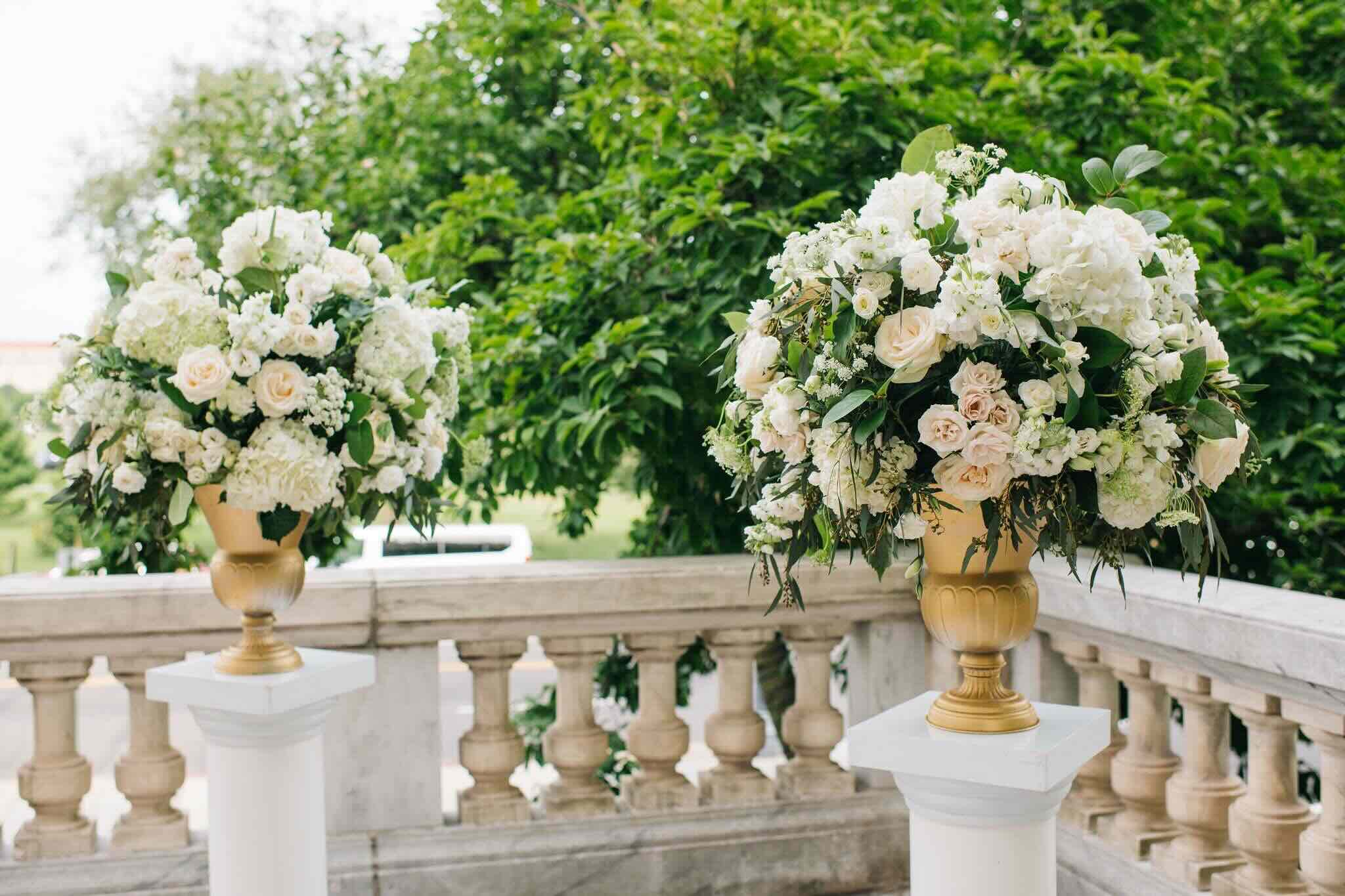
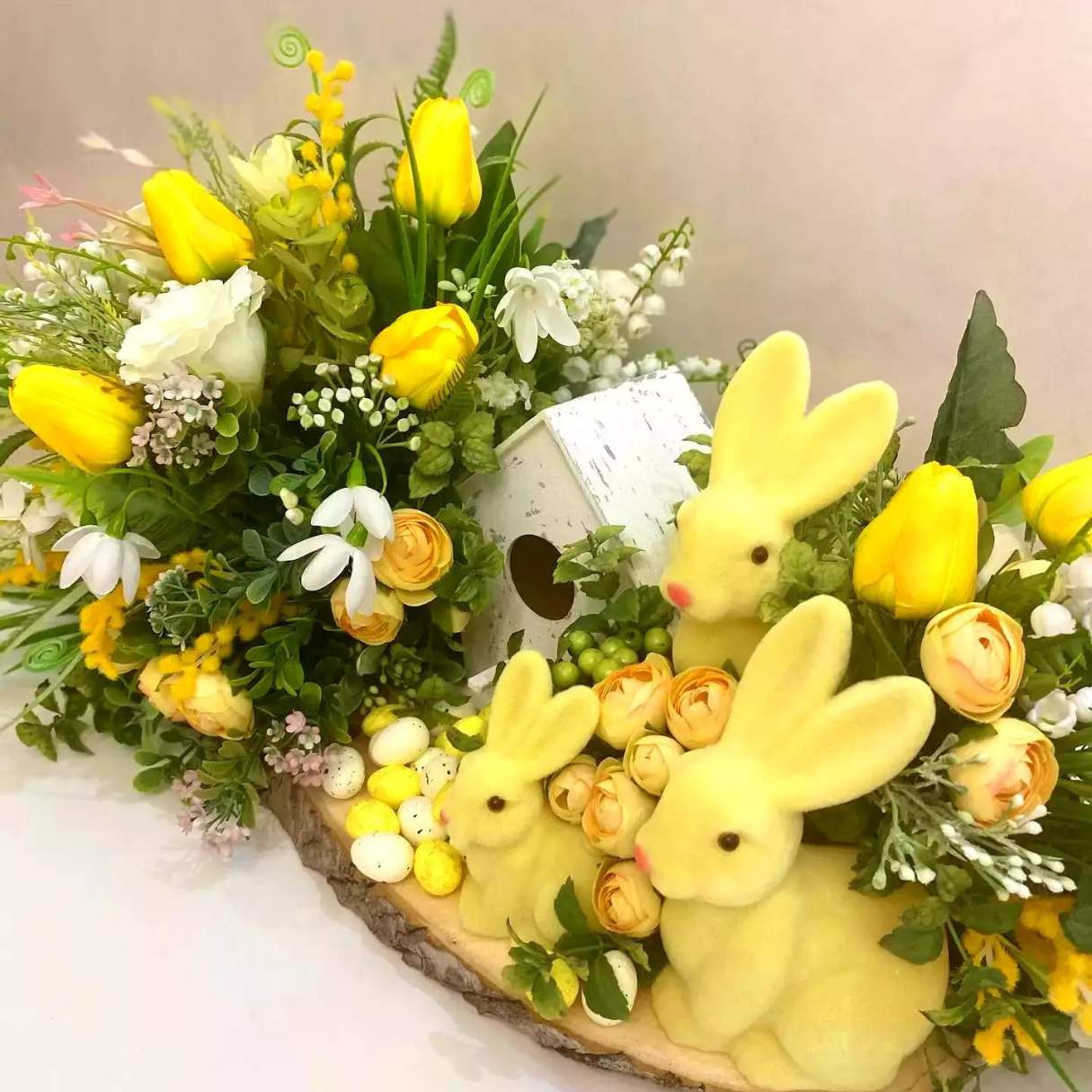
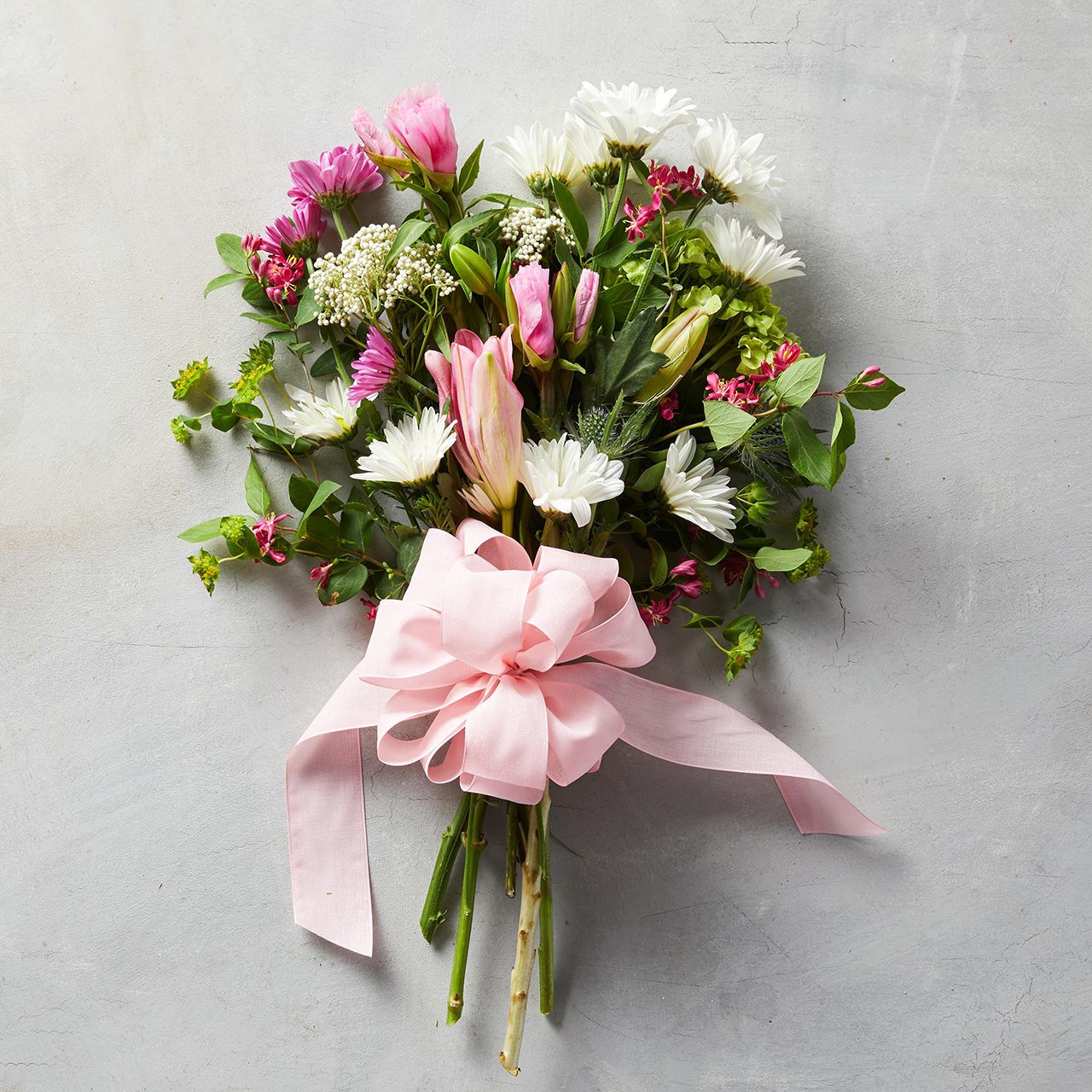
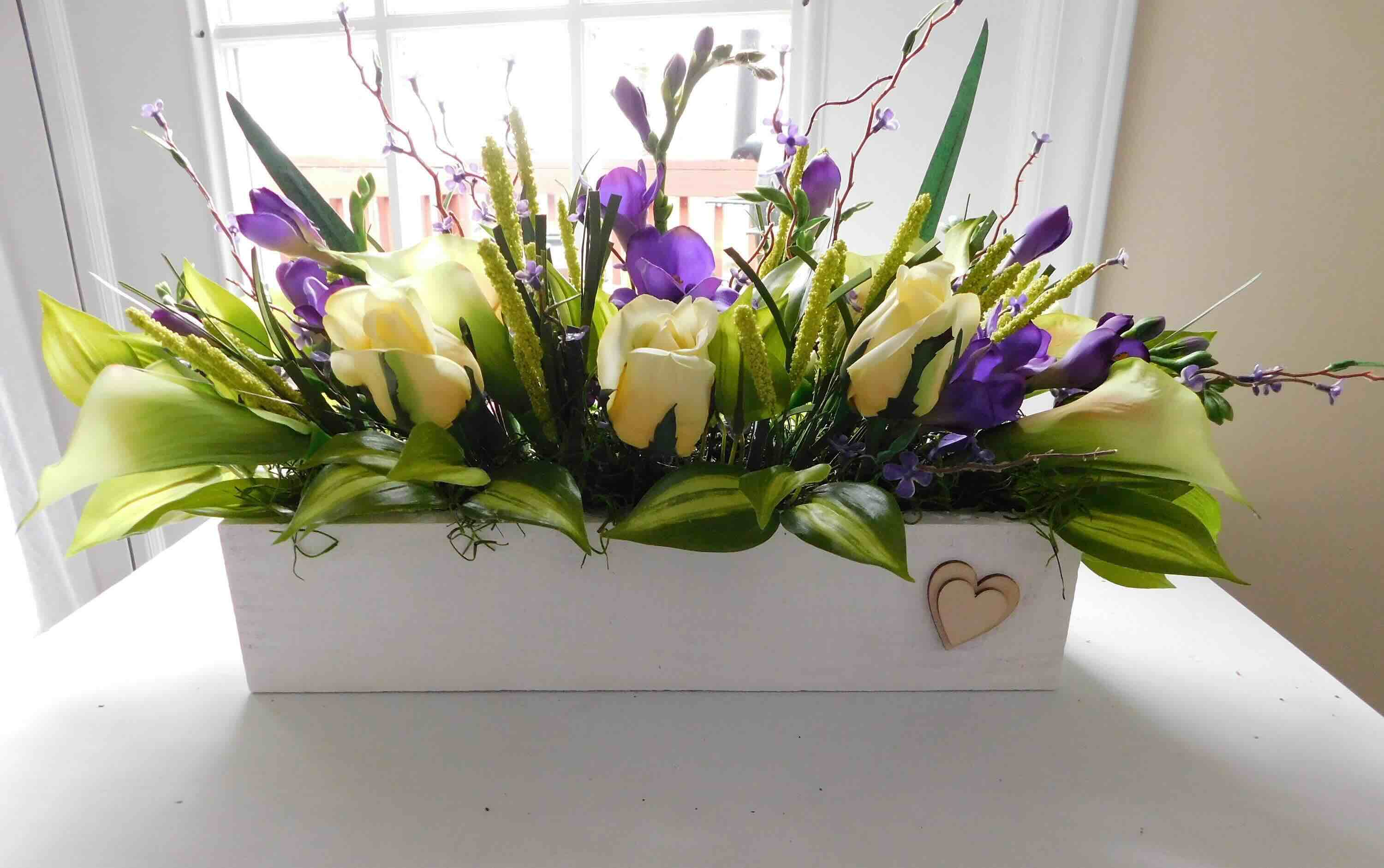
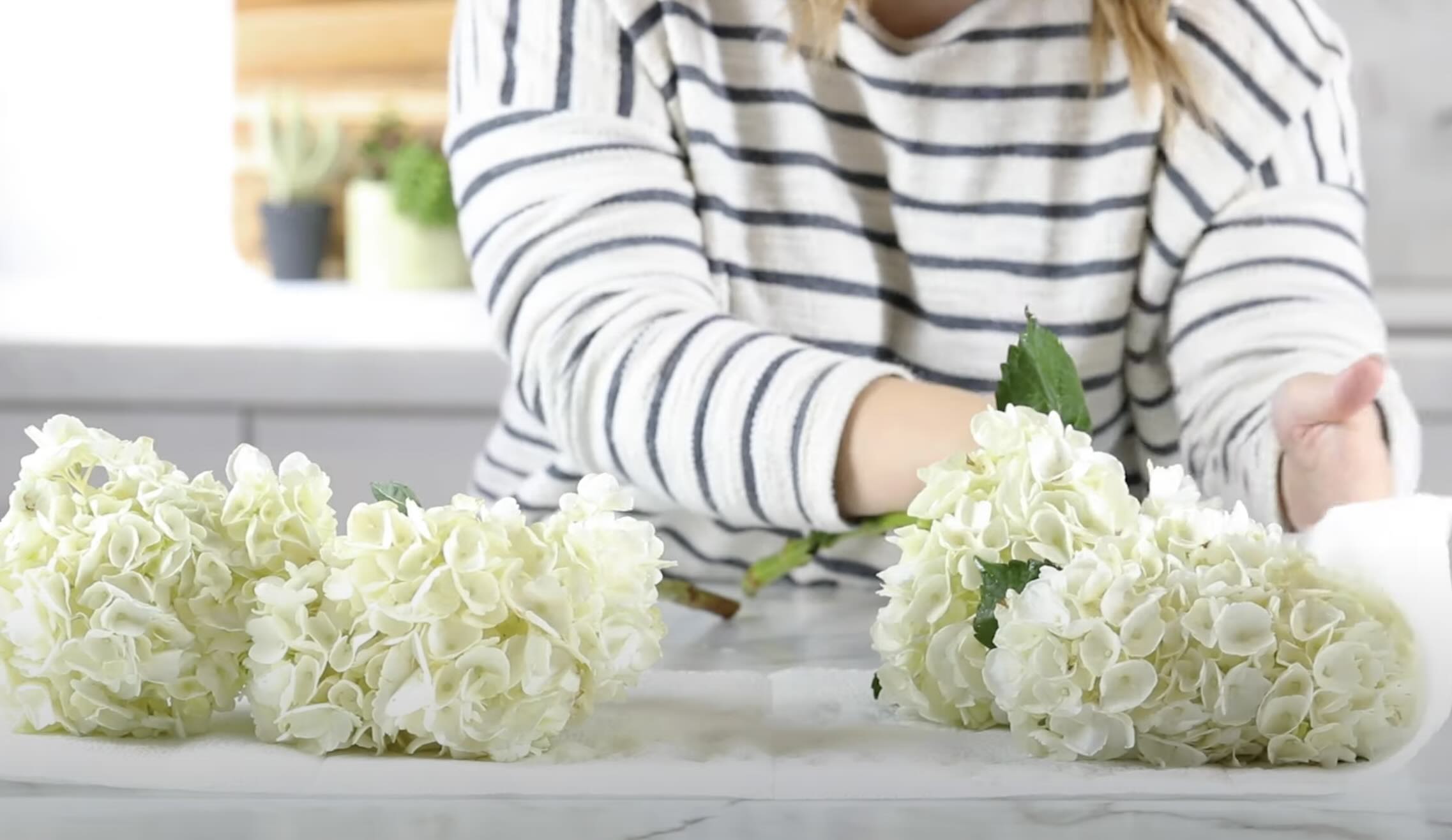
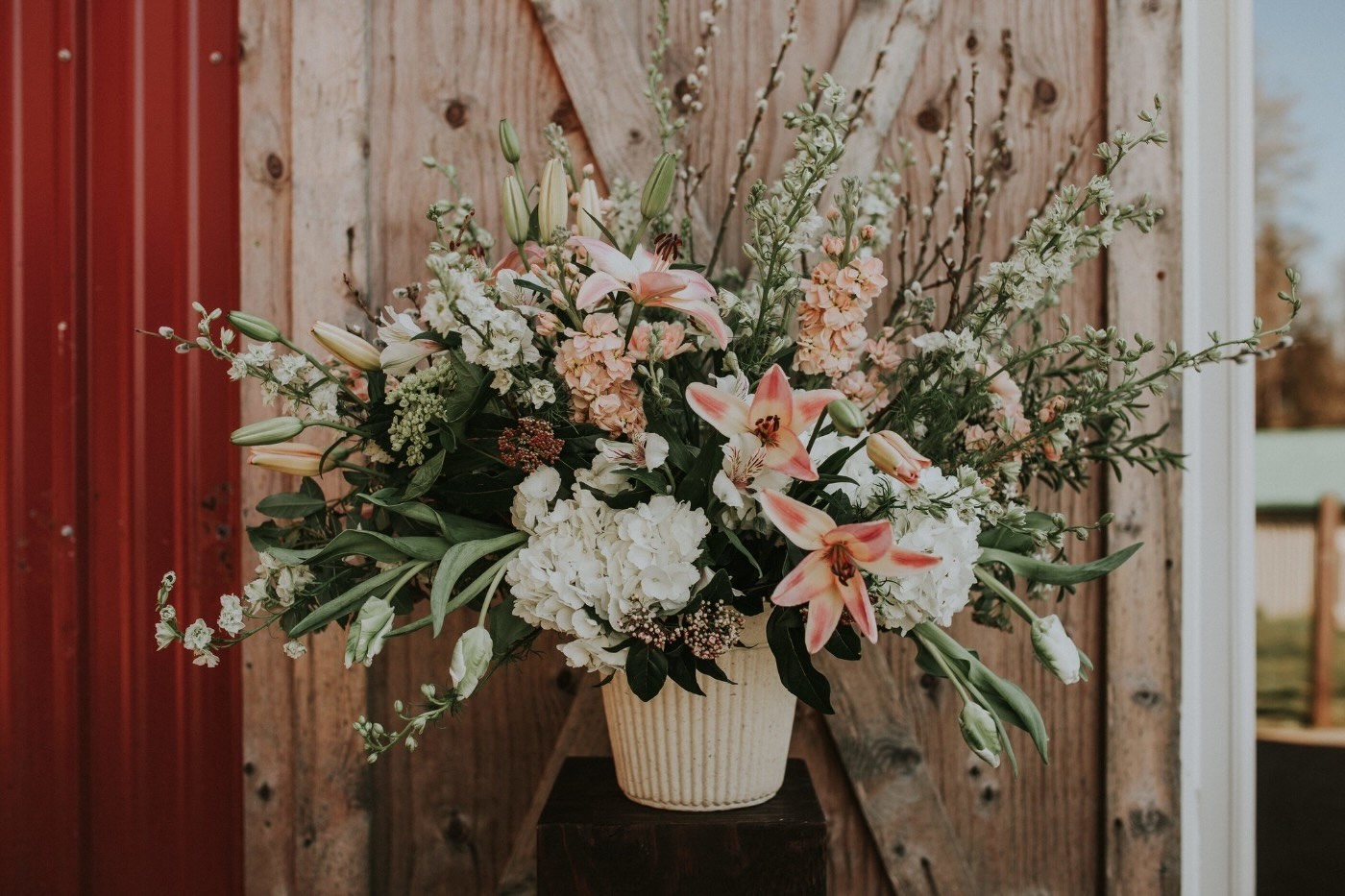
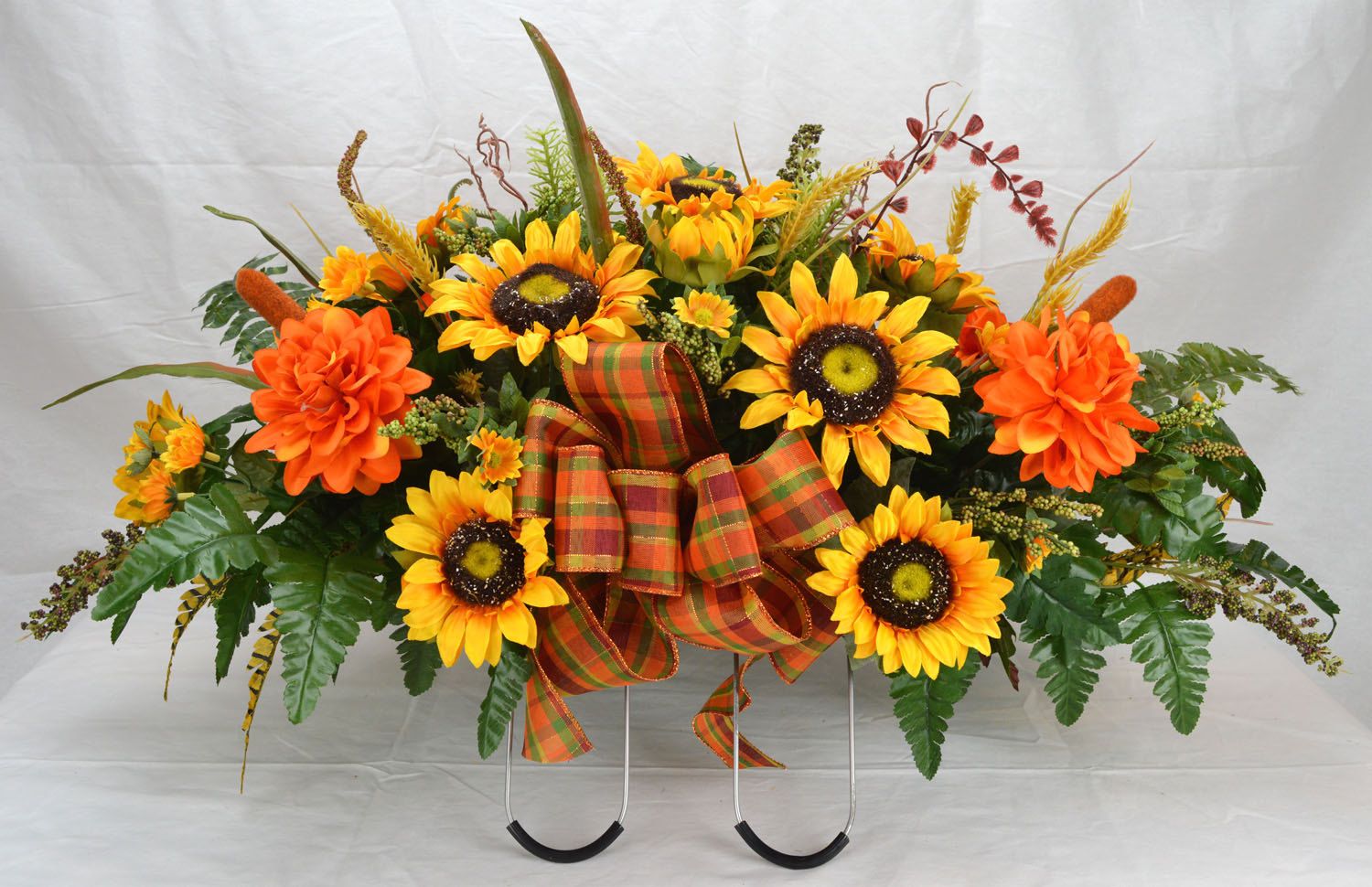
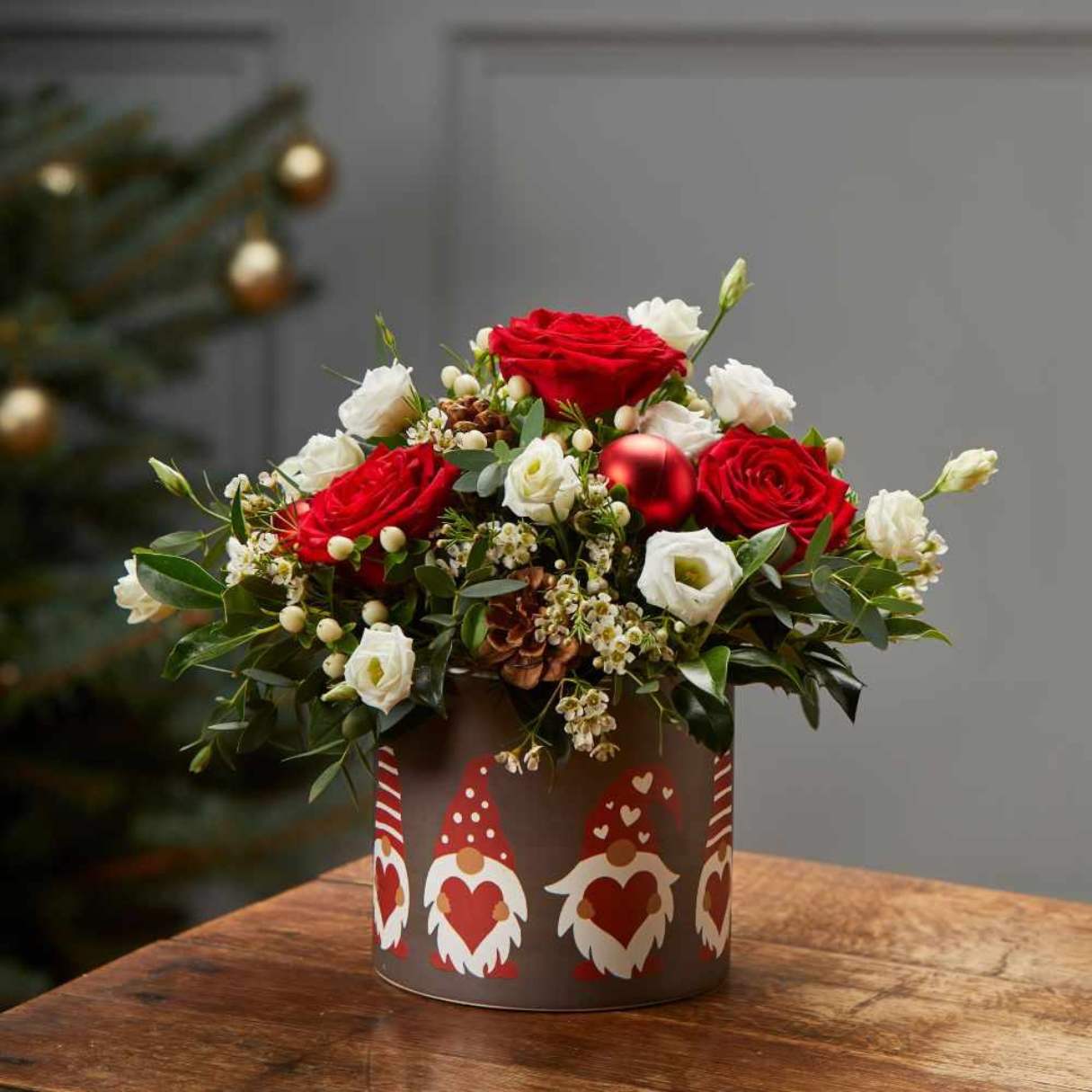
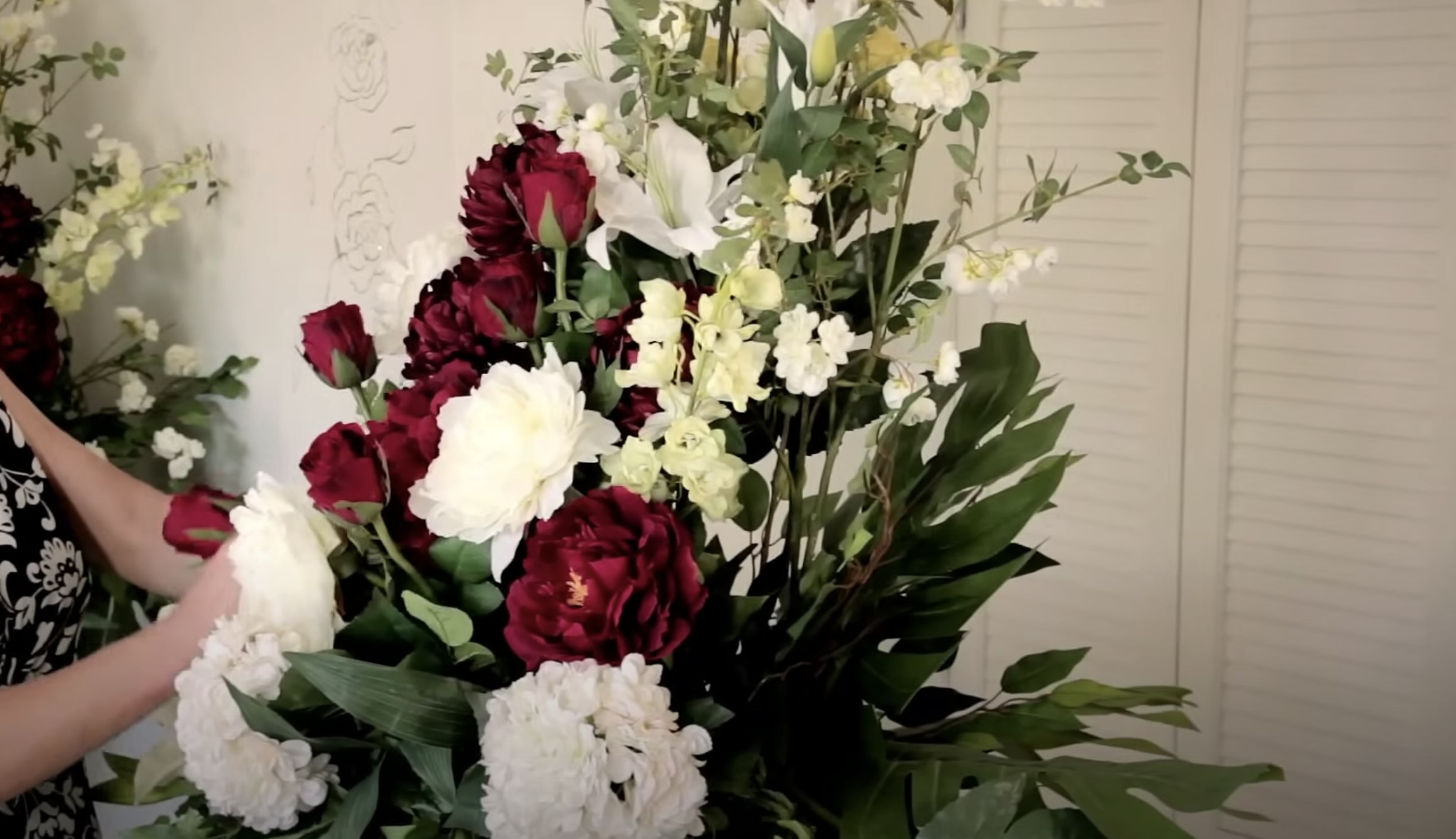
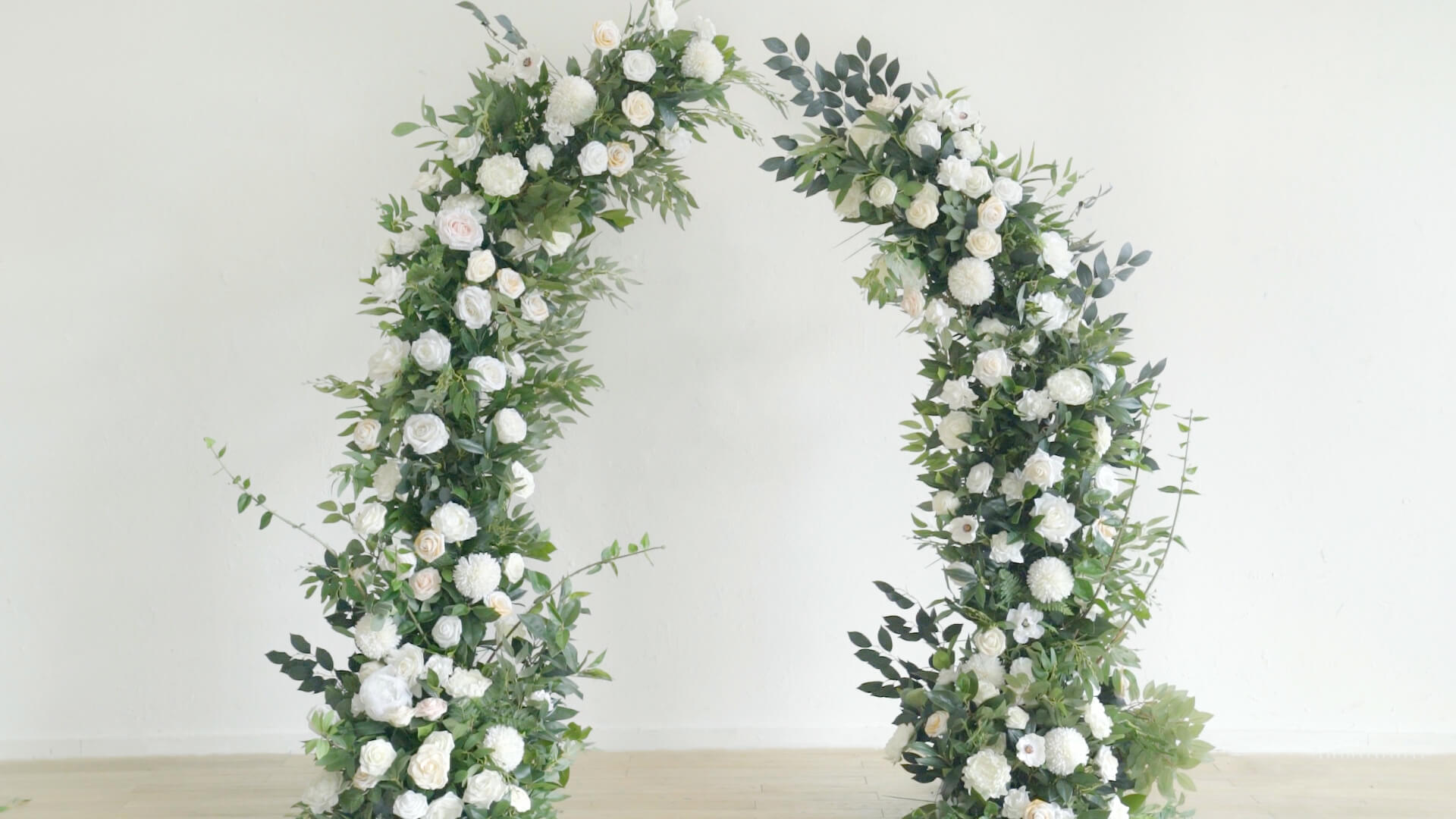
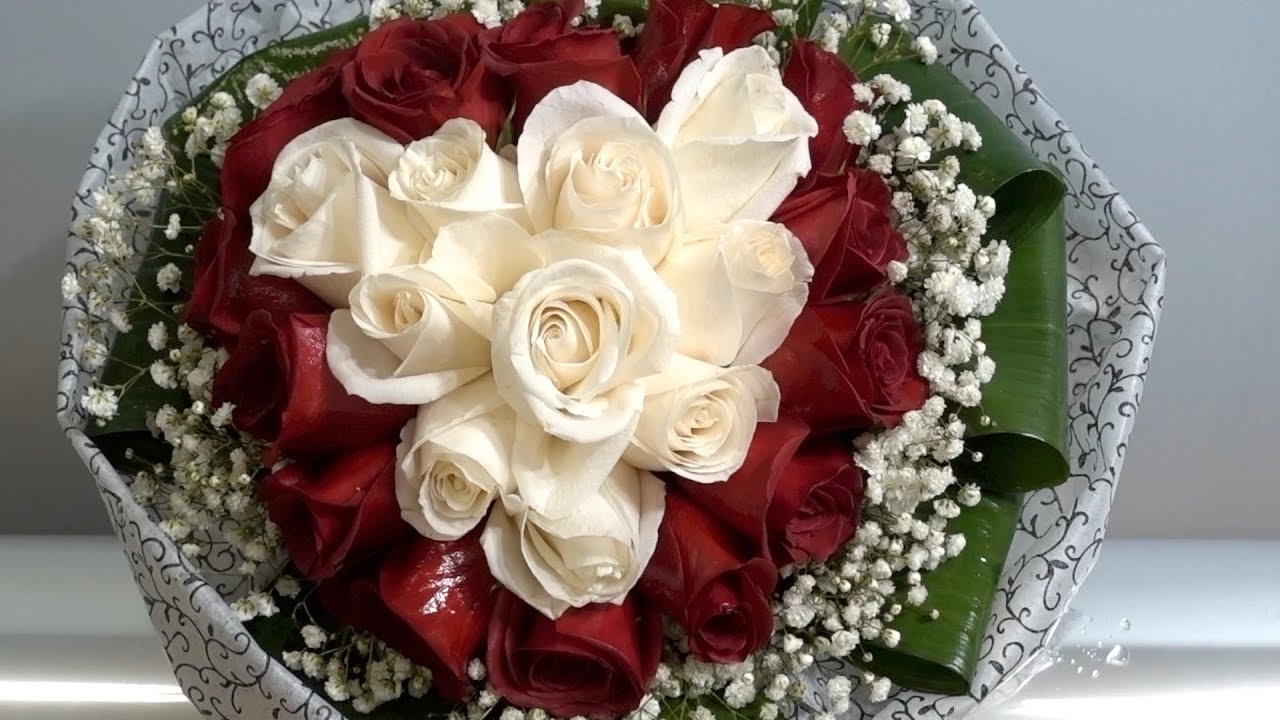
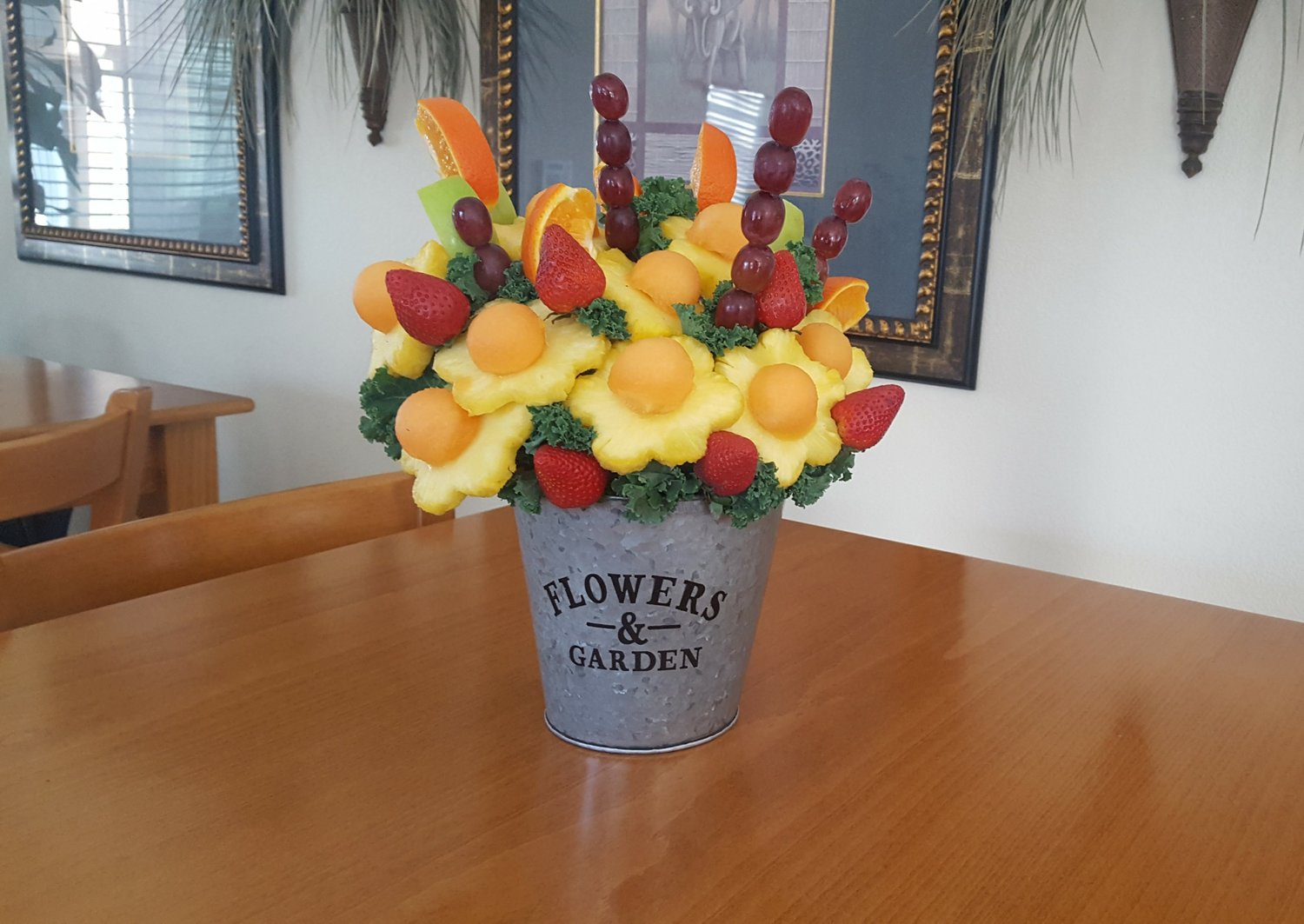
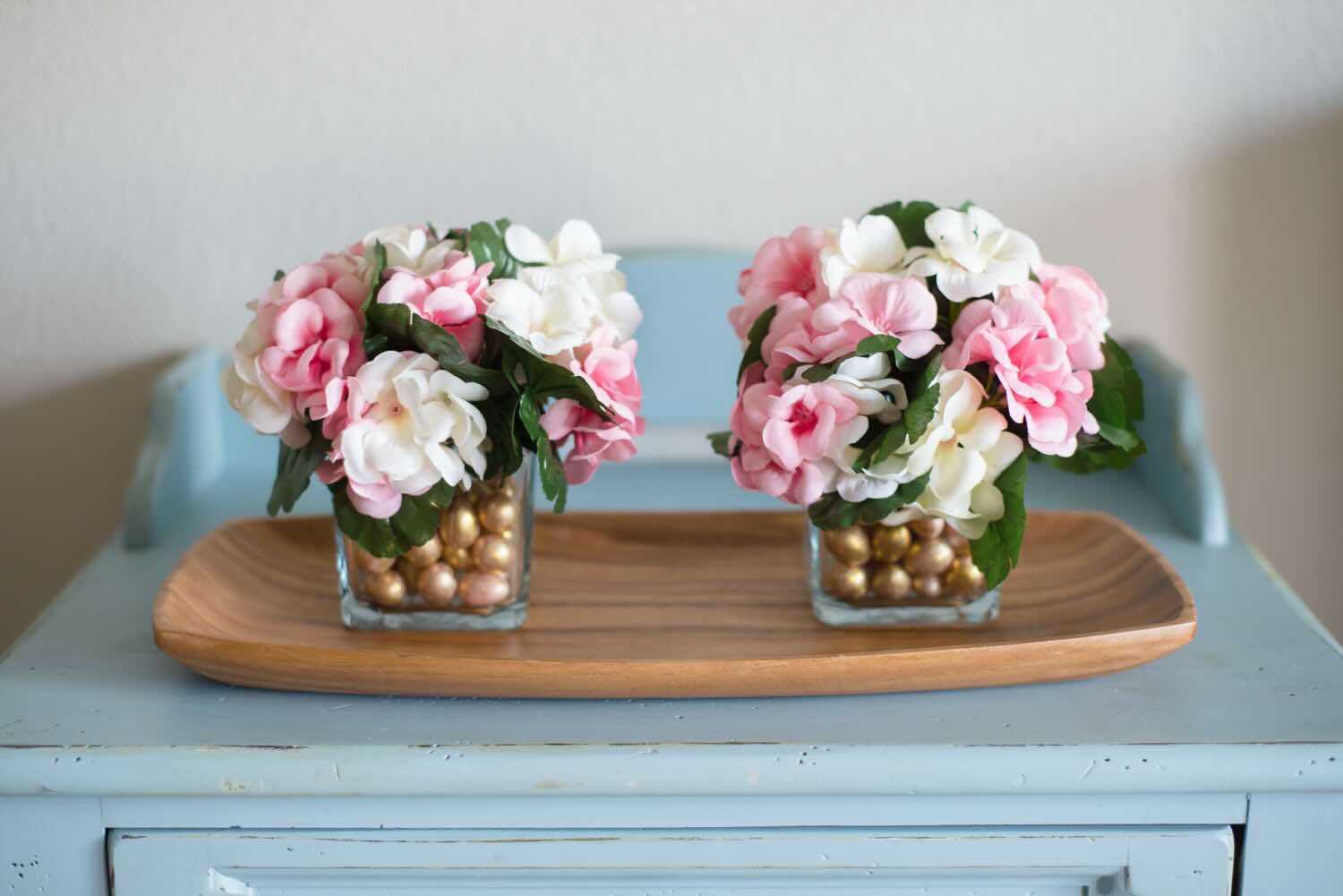

0 thoughts on “How To Make Floral Arrangements For The Home”